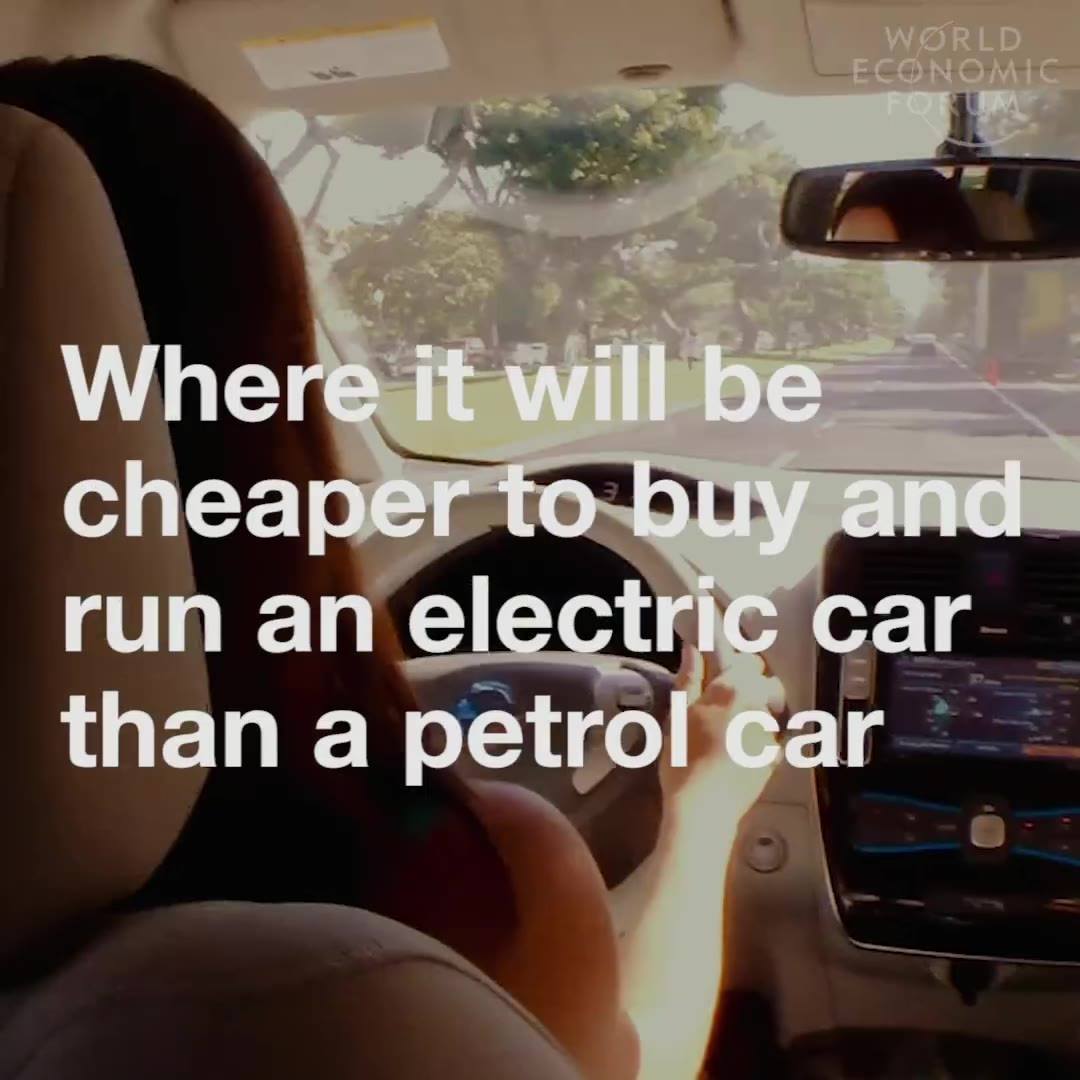Apr 5, 2016
Will this breakthrough see an electric car in every driveway?
Posted by Shailesh Prasad in categories: innovation, transportation
Electric car batteries are getting cheaper.
Will we all drive electric cars one day? http://wef.ch/1MaNk4I

Electric car batteries are getting cheaper.
Will we all drive electric cars one day? http://wef.ch/1MaNk4I
Nice
A new method of implementing an ‘unbreakable’ quantum cryptographic system is able to transmit information at rates more than ten times faster than previous attempts.
Researchers from the Institute for Quantum Computing at the University of Waterloo and the National Research Council of Canada (NRC) have, for the first time, converted the colour and bandwidth of ultrafast single photons using a room-temperature quantum memory in diamond.
Shifting the colour of a photon, or changing its frequency, is necessary to optimally link components in a quantum network. For example, in optical quantum communication, the best transmission through an optical fibre is near infrared, but many of the sensors that measure them work much better for visible light, which is a higher frequency. Being able to shift the colour of the photon between the fibre and the sensor enables higher performance operation, including bigger data rates.

Continue reading “Changing the color of single photons in a diamond quantum memory” »
Whenever the military sets up operations in isolated and hostile locations like Iraq or Afghanistan, one of the biggest challenges is ensuring troops get reliable power.
Until now, that often has meant trucking in vast amounts of diesel to power generators, a strategy that isn’t all that environmentally friendly and is vulnerable to attack or other problems like a driver strike or mechanical breakdown.
But what if military bases could produce their own power?
Continue reading “Federal agency making waves in battery storage, energy tech innovation” »
Next week, astronauts on the International Space Station are getting a brand new room. Called the BEAM, short for Bigelow Expandable Activity Module, the room is launching on top of one of SpaceX’s rockets on Friday; it will then be attached to the ISS sometime within the next four months. The BEAM, which is created by private company Bigelow Aerospace, will remain deflated during launch, but once in orbit, it will inflate up to four times its size, providing more overall volume for the interior of the ISS.
The BEAM isn’t a permanent addition to the space station, though. It will only stay attached to the ISS for two years, and the astronauts will go inside the habitat very rarely. That’s because the main goal of the BEAM is to test out if this expandable habitat technology actually works. A successful mission could be the first step to something bigger: an era when expandable space habitats orbit the Earth, allowing for scientists and tourists to visit these “space hotels.”
The concept of expandable spacecraft isn’t new. In the 1960s, NASA launched a series of expandable communication probes called the Echo satellites, which looked like big metallic balloons. The satellites inflated in space and turned into mirror-like reflectors that bounced signals from one spot on Earth to another. Since then, NASA and other private companies have toyed with the idea of scaling up expandable spacecraft so that they could house humans in space.
Continue reading “How expandable astronaut habitats could pave the way for private space hotels” »
A new programming language allows researchers to quickly design a DNA sequence with specific functions for living cells.
Two wireless charging technologies are already proving they can charge high-voltage products such as laptops and electric cars faster than if you plugged them in.
A new method of implementing an ‘unbreakable’ quantum cryptographic system is able to transmit information at rates more than ten times faster than previous attempts.
Researchers have developed a new method to overcome one of the main issues in implementing a quantum cryptography system, raising the prospect of a useable ‘unbreakable’ method for sending sensitive information hidden inside particles of light.
By ‘seeding’ one laser beam inside another, the researchers, from the University of Cambridge and Toshiba Research Europe, have demonstrated that it is possible to distribute encryption keys at rates between two and six orders of magnitude higher than earlier attempts at a real-world quantum cryptography system. The results are reported in the journal Nature Photonics.
Continue reading “Laser technique promises super-fast and super-secure quantum cryptography” »
Ask a member of Facebook’s growth team what feature played the biggest role in getting the company to a billion daily users, and they’ll likely tell you it was photos. The endless stream of pictures, which users have been able to upload since 2005, a year after Facebook’s launch, makes the social network irresistible to a global audience. It’s difficult to imagine Facebook without photos. Yet for millions of blind and visually impaired people, that’s been the reality for over a decade.
Not anymore. Today Facebook will begin automatically describing the content of photos to blind and visually impaired users. Called “automatic alternative text,” the feature was created by Facebook’s 5-year-old accessibility team. Led by Jeff Wieland, a former user researcher in Facebook’s product group, the team previously built closed captioning for videos and implemented an option to increase the default font size on Facebook for iOS, a feature 10 percent of Facebook users take advantage of.
Automatic alt text, which is coming to iOS today and later to Android and the web, recognizes objects in photos using machine learning. Machine learning helps to build artificial intelligences by using algorithms to make predictions. If you show a piece of software enough pictures of a dog, for example, in time it will be able to identify a dog in a photograph. Automatic alt text identifies things in Facebook photos, then uses the iPhone’s VoiceOver feature to read descriptions of the photos out loud to users. While still in its early stages, the technology can reliably identify concepts in categories including transportation (“car,” “boat,” “airplane”), nature (“snow,” “ocean,” “sunset”), sports (“basketball court”), and food (“sushi”). The technology can also describe people (“baby,” “smiling,” beard”), and identify a selfie.
Continue reading “Facebook begins using artificial intelligence to describe photos to blind users” »
